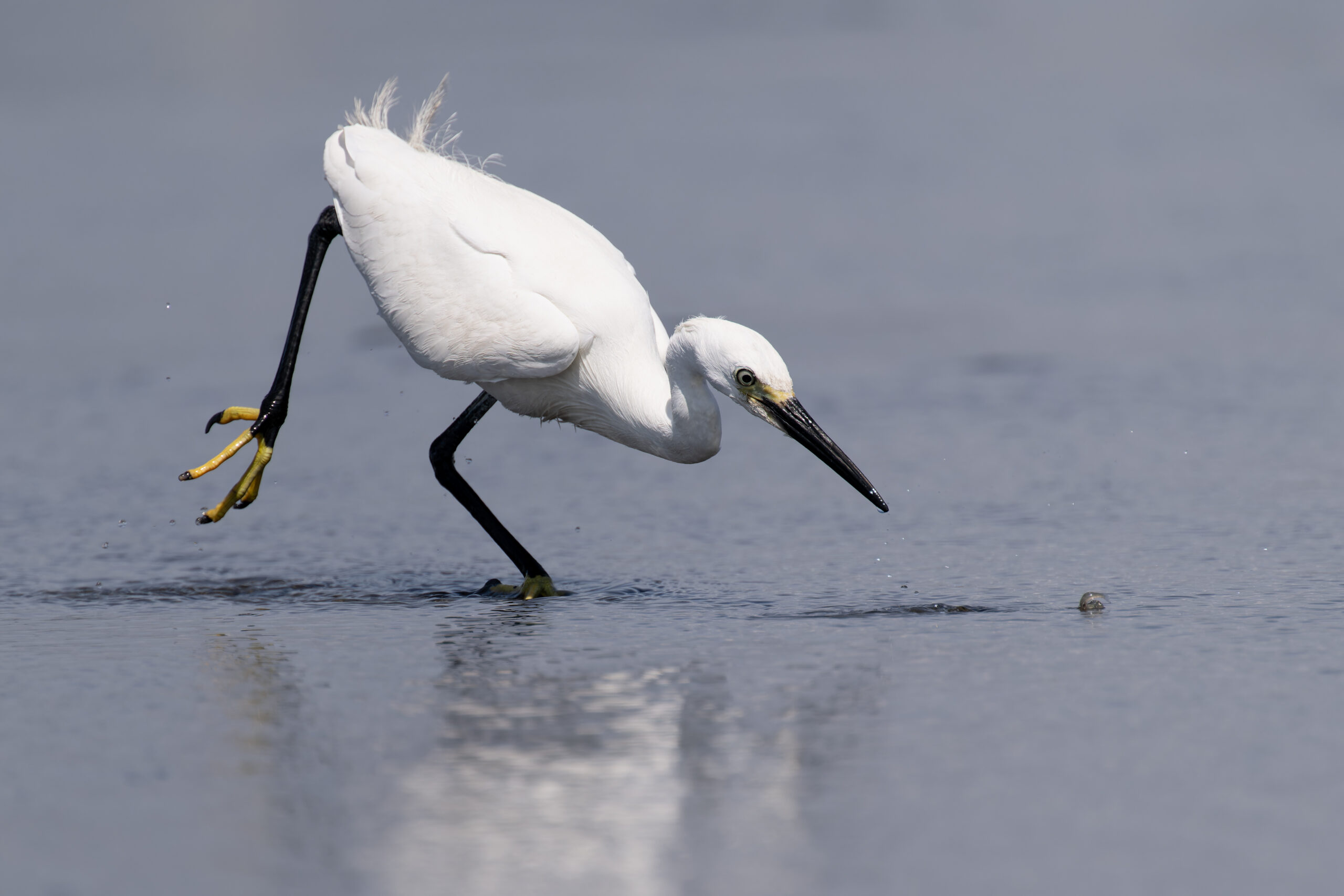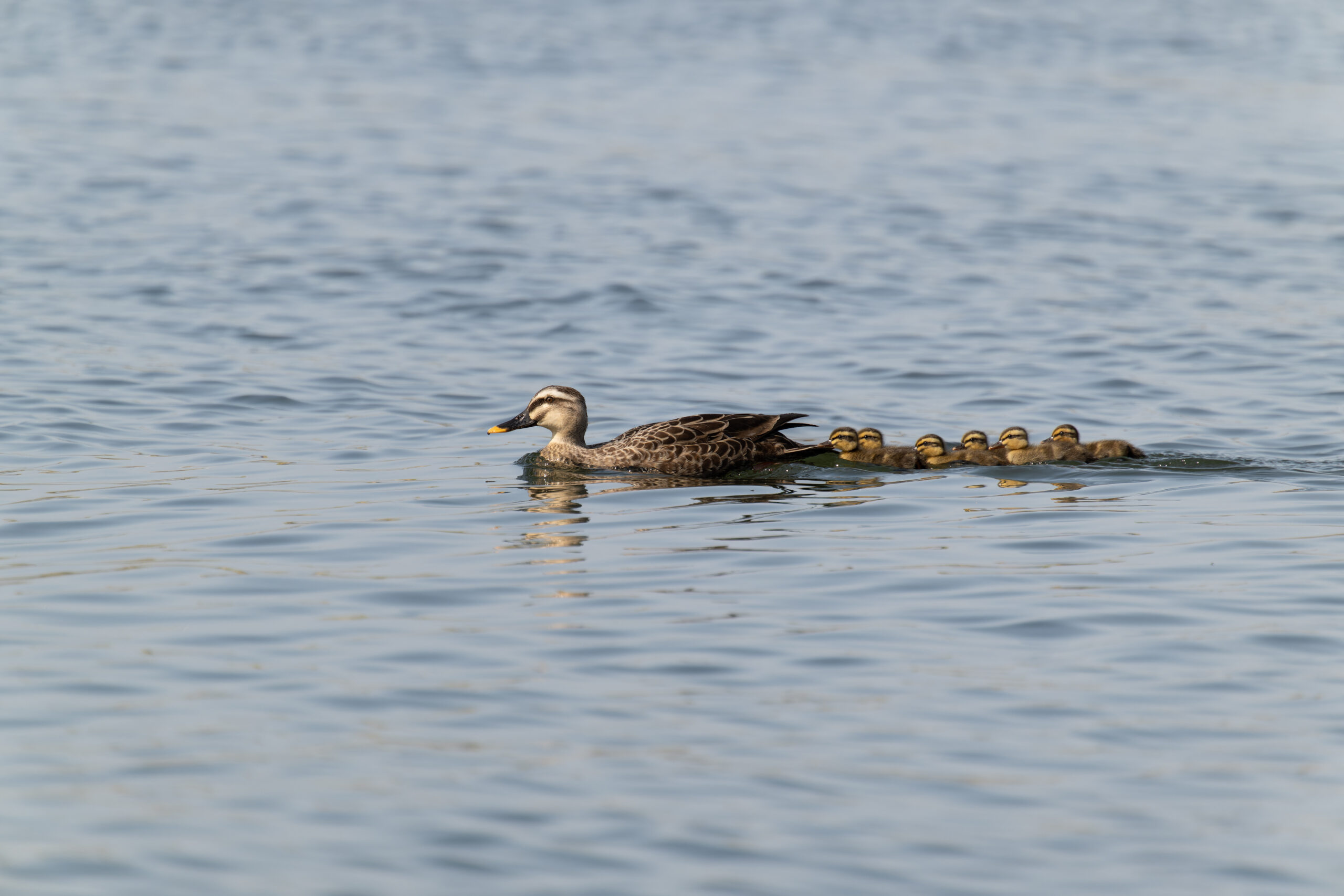About the location
The park is located close to a tidal flat in Tokyo Bay called Sanmaisu. Two artificial beaches (East Nagisa and West Nagisa) have been created, and the areas including Sanmaisu have been registered under the Ramusar Convention. 126 species of birds can be observed, especially in spring and fall, many shorebirds and plovers are seen here. In May and June, the little terns can be seen, and some of them are breeding on the West Nagisa. You are allowed to access to West Nagisa only, where you can enter the tidal flats.
What kind of birds can we see?
- Snipes and plovers (red-necked stints, black-faced spoonbills, grey-tailed tattler, etc.)
- Grebes (great crested grebe, etc.)
- Herons and cormorants
- Seagulls (petrels, black-headed gulls, etc.)
- Ducks (tin ducks, etc.)
Access
- Address: Kasai Marine Park, 6-chōme-2 Rinkaichō, Edogawa City, Tokyo 134-0086, Japan
- Just a short walk from Kasai Rinkai Koen Station on the JR Keiyo Line. Kasai Rinkai Park is a large park connected to Kasai Seaside Park, and you can use the parking lot of Kasai Rinkai Park when coming by car.
- 9:00-17:00; check the closing time as it changes depending on the season.
Shooting locations and tips
- Only the West Nagisa is accessible. The offshore side of the Nagisa is a sandy beach, and tidal flats appear at low tide. Shorebirds, plovers, herons, terns, tern ducks, and little terns fly over these mudflats.
- Photographs can be taken from this sandy beach or from the levee on the east side of the beach. From the east bank, you can see the East Nagisa (a 600mm lens or binoculars are required). You can see that there are quite a few birds, and you would feel intense anger and deep sadness that you are not allowed to enter (although you have no choice…).
- You need to check the tides, as there are few birds at high tide. Tide Times for this area.
- The West Nagisa is also visited by many families who enjoy seashell digging from about May to June. At low tide, the area is crowded with people catching seashell, herons chasing after gobies, terns diving for fish, and snipes and plovers waddling about. We photographers joining in the fray, the beach quickly became a mysterious feast. However, it was relatively easy to take pictures avoiding people in the frame, as we basically pointed our lenses toward the ocean side.
- There are basically no artificial objects on the south side of the ocean, and it is suitable for photography. There are some woody fences, perhaps remnants of old fishing days, but they are weathered and blended into the landscape (also there are not many of them). There are many man-made structures on the west side of the coast. On the east side, there is the eastern shoreline. It is walled off.
- It is always upon your style, but lens of about 200mm~400mm is basically sufficient at low tide. If you want to photograph birds a little farther away, a 600mm/800mm lens maybe preferable.
- Waterproof shoes (e.g., flip-flops) are recommended to get closer to the subject. If you use a tripod, you will need to go outside the beach or stand on the east bank.
- Toilets are located at the West Nagisa entrance.
- There is an bird sanctuary in Kasai Rinkai Park, which is connected to the park, and many birds fly here as well.
- The seashore at the entrance to Kasai Seaside Park is paved with concrete, but it is submerged when the tide level is about 150 cm. Shorebirds and ducks often fly here as well. Even when submerged, the water level is only high enough for birds to walk on, and the sky is reflected in the surface of the water, making it possible to take photos with reflections.











